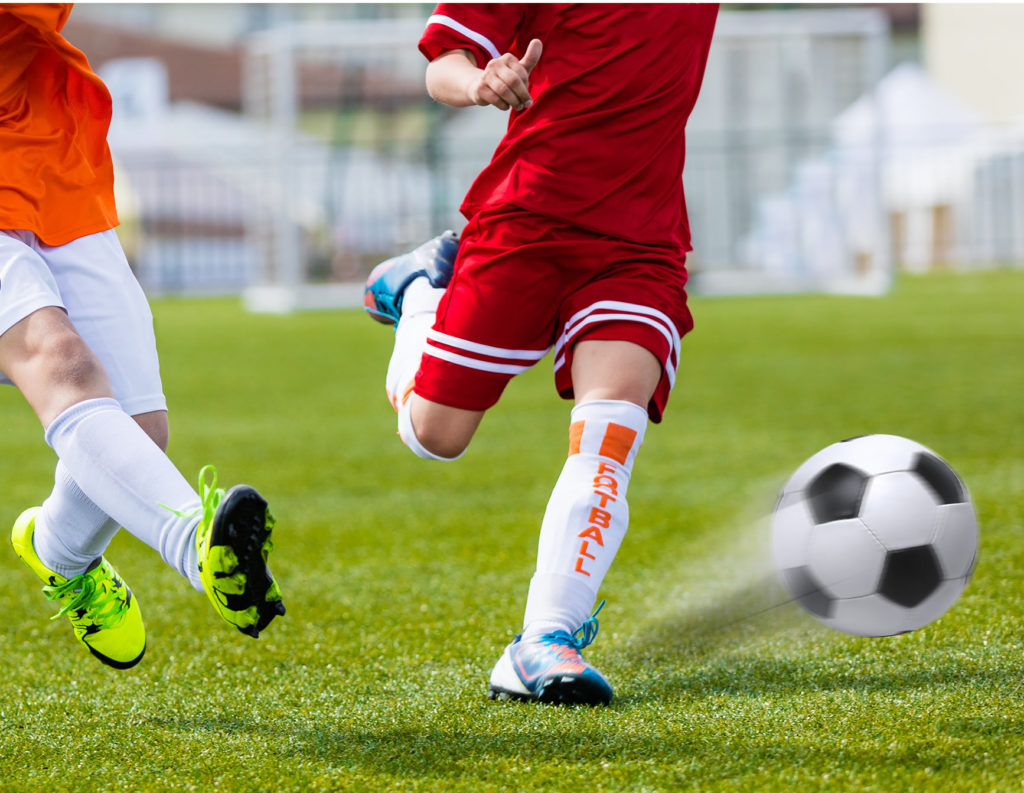
DR. FRANCISCO J. OLIVA , DPM
Podiatric Medicine and Surgery
At Dr. Olivas’ Office, we treat virtually any type of case, ranging from routine checkups, to personal consultations, to surgery and follow-up. Our friendly staff will be glad to provide you with the utmost in customer care and satisfaction. We are also proud to offer some of the latest technology in our effort to provide cutting edge foot care.
Our practice is dedicated to providing superior foot and ankle care to all ages of patients. We believe that prompt diagnosis, early intervention and prevention are essential for the care and treatment of your feet. We provide a full range of podiatric medical care including both conservative and surgical therapies. Our staff is committed to providing the finest podiatric care in a warm and friendly environment in order to make you feel relaxed and comfortable.
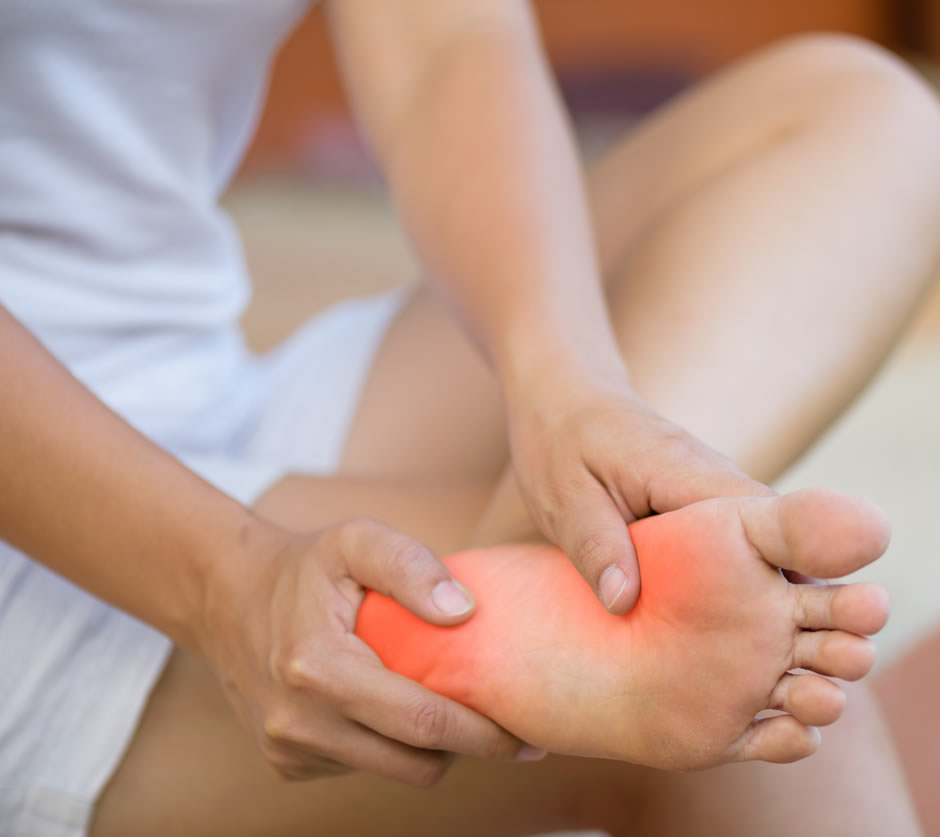
Is Heel Pain Keeping You Down?
CLARIX – A new Treatment Solution
The Unique Regenerative Properties
of Umbilical Cord & Amniotic Tissue
Unlike any other tissue in your body, placental tissue,
which includes the umbilical cord and amniotic
membrane, has unique regenerative properties to
promote healing by managing scarring and inflammation.
These restorative abilities come from several innate
biological factors, found in highest concentrations in the
umbilical cord, that support regenerative healing.
By harnessing the natural and safe power of the
umbilical cord, an injection of CLARIX FLO can control the discomfort and inflammation from plantar fasciitis and help long-term tissue regeneration.
Don’t let heel pain hurt you any longer. Get back to
the activities you once enjoyed with CLARIX FLO.
How is the injection performed?
After numbing your foot, your doctor will insert a small
needle on the inside or bottom of your heel, injecting a
small amount of powdered umbilical cord mixed with
saline into the area around your plantar fascia.
When the numbness wears off, you may continue to feel
some pain for 24-48 hours as the injection diffuses and
begins to work. Your doctor may advise you on several
ways to easily manage this mild pain. Following the
injection, avoid high-impact activities for at least a
week, as directed by your doctor.
How soon will I feel the benefit?
CLARIX FLO works both to control the discomfort from
inflamation and help support the regenerative healing
process. Patients report pain relief in a few days, and an
improvement in function over several weeks.
While the initial injection may relieve much of your pain,
your doctor may suggest another injection after six to
eight weeks to help boost the regenerative process.
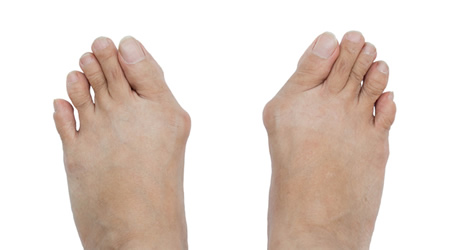
Bunions
A bunion (also referred to as hallux valgus or hallux abducto valgus) is often described as a bump on the side of the big toe. But a bunion is more than that. The visible bump actually reflects changes in the bony framework of the front part of the foot.
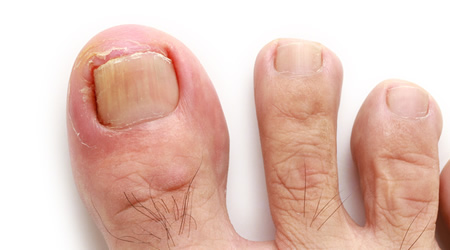
Ingrown Toenails
Ingrown nails, the most common nail impairment, are nails whose corners or sides dig painfully into the soft tissue of nail grooves, often leading to irritation, redness, and swelling. The big toe is the most common location for this condition, but other toes can also become affected.
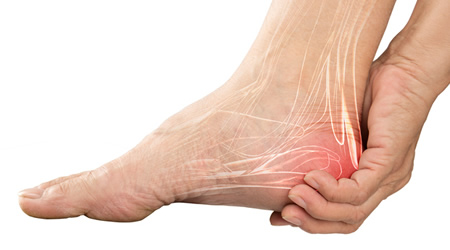
Heel Pain
Heel pain is most often caused by plantar fasciitis, a condition that is sometimes also called heel spur syndrome when a spur is present. Heel pain may also be due to other causes, such as a stress fracture, tendonitis, arthritis, nerve irritation, or, rarely, a cyst.
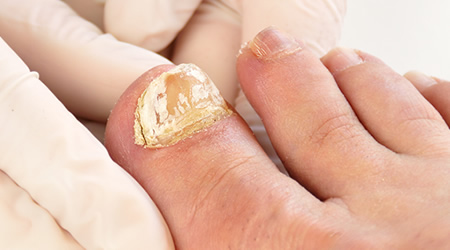
Fungal Toenails
Toenail fungus, or onychomycosis, is an infection underneath the surface of the nail caused by fungi. When the tiny organisms take hold, the nail often becomes darker in color and smells foul.
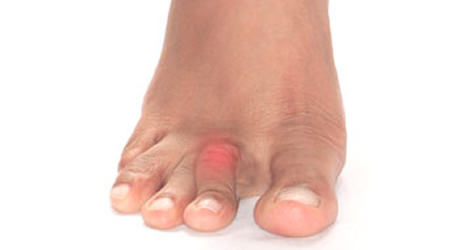
Hammertoes
Hammertoes are a contracture of the toes as a result of a muscle imbalance between the tendons on the top and the tendons on the bottom of the toe.

Orthotics
A prescription foot orthosis is an in-shoe brace which is designed to correct for abnormal foot and lower extremity function (the lower extremity includes the foot, ankle, leg, knee, thigh and hip).
Keeping You on the Move
- Sports Injuries and Sprains: Children begin sports at a younger age than ever, and occasionally, a sprain comes along with the territory. Improper care and physical therapy after a sprain can lead to long-term complications, so come see us today for the care and attention your child's injury deserves.
- Fractures and Repetitive Stress Injuries: Also common in young athletes are fractures and overuse injuries. For children involved in high-impact sports, or those who just enjoy the riskier activities in life, fractures of the foot, toes, and heel can put a serious damper on their fun. Young bones need proper care to heal correctly, and our pediatric foot care professionals can help.
- Sever's Disease and Heel Pain: Has your child complained about heel pain? This could be a sign of Sever's disease, a true "growing pain" of sorts caused by your child's heel growth plate growing faster than the Achilles tendon. This can cause pain as the tendon and leg muscles strain to accommodate quickly growing bones; simple orthotic inserts and stretching therapy can greatly reduce tightness and pain.
- Plantar Warts: Plantar warts most commonly appear in children. While not a serious problem, warts can often cause pain when they crop up on weight-bearing parts of the foot and grow inward. Our office offers effective, in-office treatments that can rid your child of warts in a few short weeks.
- Flat Feet: Most babies and young children have very flat feet, but after the age of seven, the structure of the foot will likely remain the same. Flat feet in children are usually due to the hereditary shape of the foot rather than an injury, but left untreated, may cause lifelong knee, hip, and back problems.
- Pediatric Bunions: Kids can get bunions too, and in fact, it's important to treat them as soon as possible to slow progression. Stretches, orthotics, splints that hold the toe in proper position, and shoes that fit properly are all helpful in managing the condition.
Patient Testimonials
Coral Gables
